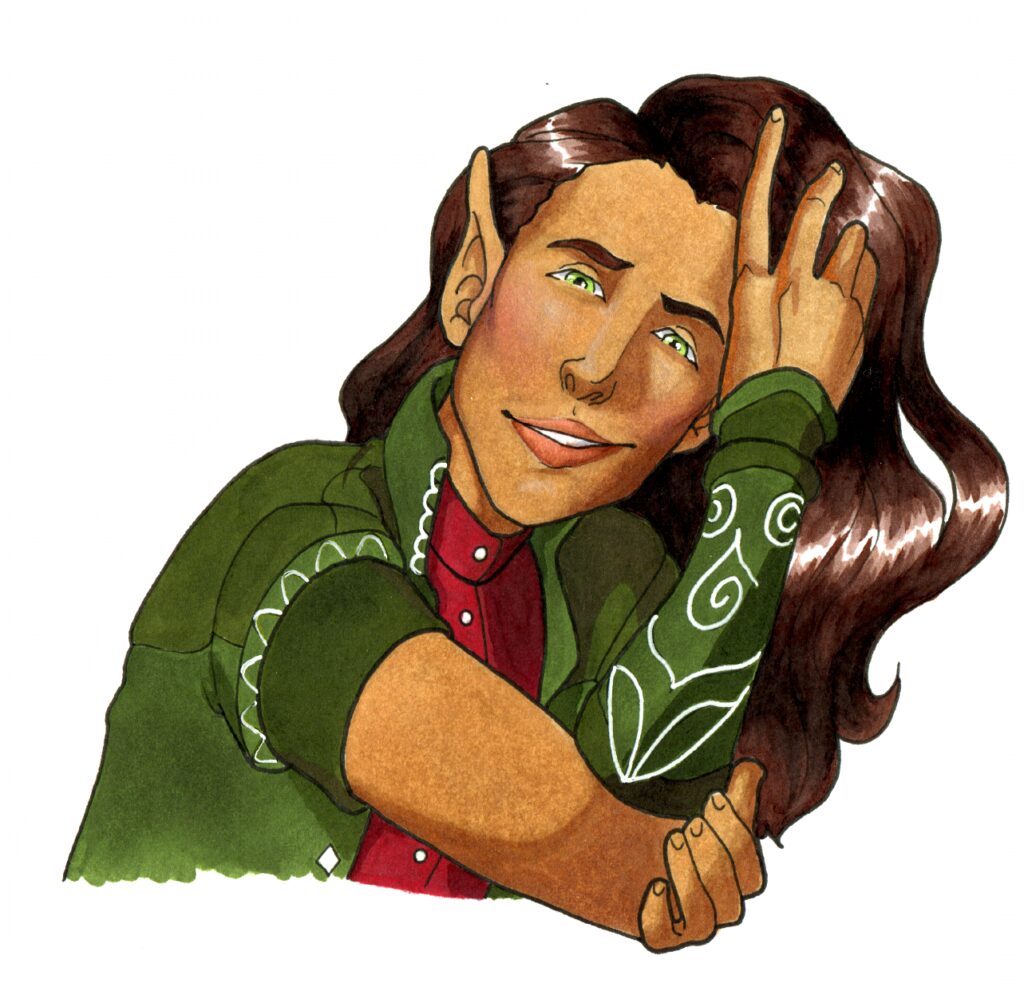Roleplaying involves creating characters and portraying them in a specific world or context. To create dynamic and compelling characters, one needs to understand the character’s backstory, personality traits, goals, motivations, physical appearance, strengths and weaknesses, and their place within the world. It is crucial to roleplay with other players, stay true to the character’s established traits, and have fun. By following these tips and strategies, one can create more vibrant and engaging characters and enhance their roleplaying experience.
The Art of Roleplaying: Tips and Strategies for Creating Dynamic Characters
Roleplaying is a form of storytelling that involves creating and portraying characters within a specific world or context. It can be done through various mediums such as tabletop games, online forums, and live action roleplaying (LARPing). Creating dynamic characters is one of the essential elements of successful roleplaying, and it is something that takes practice and dedication to get right. Here are some tips and strategies for creating compelling characters that will enhance your roleplaying experience.
1. Know your character’s backstory
A character’s backstory is the foundation of who they are and why they do what they do. Understanding their past experiences and motivations can help you create a more realistic and relatable character. Consider things like their upbringing, family life, past relationships, and significant events that shaped them into the person they are now. Use this information to inform how your character behaves and interacts with the world around them.
2. Establish your character’s personality traits
Personality traits are the unique qualities that make your character stand out. They could be things like being courageous, introverted, witty, or impulsive. Try to give your character a mix of positive and negative traits to make them more well-rounded and believable. Think about how these personality traits affect your character’s interactions with other characters and the world around them.
3. Define your character’s goals and motivations
Every character should have something they are striving for, whether it’s a personal goal or a mission that they are on. Determine what your character’s goal is and why they feel compelled to achieve it. Consider how this goal affects their actions and interactions with other characters. Knowing your character’s motivations will help you stay true to their goals and make informed decisions about how they react to different situations.
4. Create detailed physical descriptions
Your character’s appearance can reveal a lot about their personality and backstory. Consider things like height, weight, hair color, eye color, and clothing style. Also, think about any physical scars, tattoos, or other distinguishing features that your character might have. All of these details help create a vivid picture of your character in the minds of other players and make them more memorable.
5. Write in the first person
Writing in the first person helps you get into your character’s head and stay in character. When you are writing or speaking, imagine that you are your character and try to stay in their mindset. This can help you make more informed decisions about how your character would react in different situations.
6. Emphasize your character’s strengths and weaknesses
Every character should have strengths and weaknesses. Emphasizing your character’s strengths can help them stand out and make them feel more powerful. However, it is equally important to acknowledge your character’s weaknesses. This makes them more believable and relatable to other players.
7. Make sure your character fits into the world you are playing in
Your character should fit within the world you are playing in. This means considering things like the culture, technology level, and social norms of the world. Make sure your character’s backstory and personality make sense within this framework. This will help other players to understand your character’s motivations and interactions within the world.
8. Roleplay with other players
The best way to improve your roleplaying skills is to practice with other players. This allows you to develop your character’s personality and backstory further. It also gives you the opportunity to interact with other characters and develop relationships with them. Don’t be afraid to take risks and explore new things with your character.
9. Stay true to your character’s personality and backstory
It can be tempting to change your character’s personality or backstory to fit into a particular situation or to please other players. However, it is essential to stay true to your character’s established traits and goals. This will make them more believable and lead to more immersive roleplaying experiences.
10. Have fun!
Above all, roleplaying should be a fun and enjoyable experience. Don’t get too caught up in creating the perfect character. Remember to have fun with it and enjoy the process of creating and portraying your character within the world of your game.
Conclusion
Creating dynamic characters is an essential aspect of successful roleplaying. By understanding your character’s backstory, personality traits, goals and motivations, physical appearance, strengths and weaknesses, and their place within the world, you can create a more vibrant and engaging character. Practicing with other players and staying true to your character’s established traits will enhance your roleplaying experience and make it more enjoyable for everyone involved. Above all, remember to have fun and let your character’s adventures unfold naturally within the world of your game!
